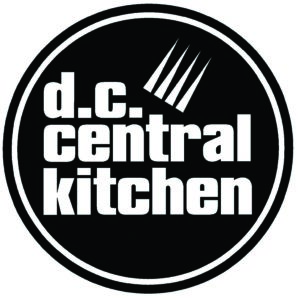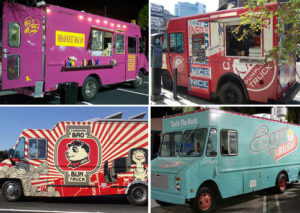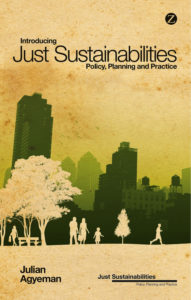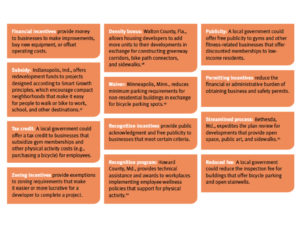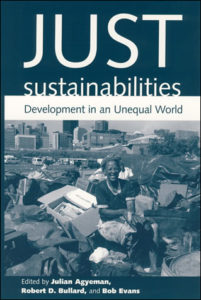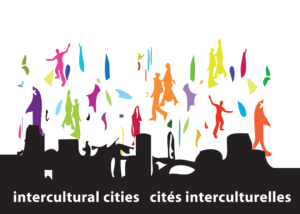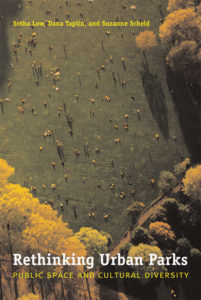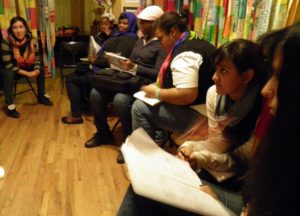Policy and planning tools for healthy corner stores II
This blog post is the follow-up to one written by Tufts student Leah Lazer and I in January 2013, about research we are carrying out to explore available and possible…
Read MoreFrom Loncheras to Lobsta Love: Food trucks, cultural identity and social justice.
Fish tacos, vegan cupcakes, gourmet pizzas, and barbeque ribs, all served from the confines of cramped, idling, and often garishly painted trucks. These food trucks are becoming increasingly common sights in…
Read MoreFixity or fluidity? Constructions of nature are in the eye of the beholder
I’m a Senior Scholar at The Center for Humans and Nature which is based in Chicago. Recently, they asked for my response to the question “How is nature critical to a…
Read MoreIntroducing just sustainabilities: Policy, planning and practice.
This unique and insightful text offers an exploration of the origins and subsequent development of the concept of ‘just sustainabilities’. Introducing Just Sustainabilities discusses key topics such as food justice, sovereignty and…
Read MoreClose to the edge, down by the river? Joining up managed retreat and place attachment in a climate changed world
Introduction Climate change is disrupting and will increasingly disrupt the geographies of people, places, and spaces. Countries such as Kiribati, originally inhabited by the Micronesians between 3000 BC and 1300…
Read MorePolicy and planning tools for healthy corner stores.
This blog posting is a quick introduction to some research Tufts student Leah Lazer and I are carrying out. The project will focus on policy and planning tools and techniques…
Read MoreReading just sustainabilities
2013 marks ten years since the publication of Just Sustainabilities: Development in an Unequal World, edited by myself, Bob Bullard and Bob Evans. In the book we broke new ground…
Read MoreInterculturalism and culturally inclusive space II
Part 2 Opportunities: Designing, planning and maintaining culturally inclusive spaces Despite the conceptual challenges I mentioned in my last blog Interculturalism and culturally inclusive space I, public spaces can be sites…
Read MoreInterculturalism and culturally inclusive space I
Part 1 Challenges: Contact, conflict, separation, segregation. In my blog Cities of (in)Difference I discussed Bloomfield and Bianchini’s (2002, p. 6) intercultural dream where “different cultures intersect, ‘contaminate’ each other and…
Read MoreForget the seat, we’ll set the table: Youth involvement in Food Policy Councils.
“Youth are prominent in the food justice movement today. This isn’t just because they are ‘included’ as afterthoughts to existing projects and programs. They lead and have their own, independent…
Read More